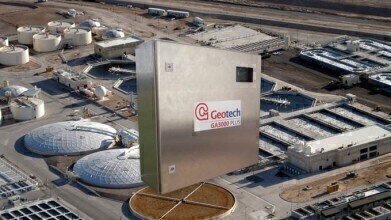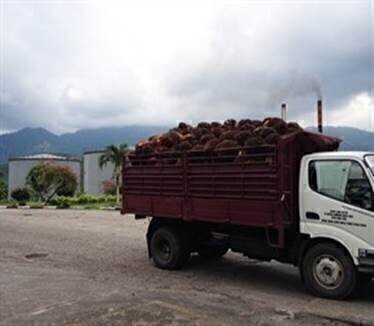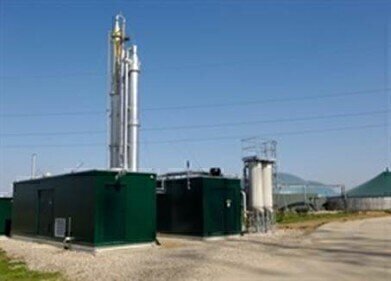Gas Detection
Why monitor biogas?
Nov 11 2015
Geotech takes a look at the many reasons to monitor biogas and the benefits for AD operators…
A key reason for investing in an AD plant is due to the biogas that can be produced and its value to the plant as a fuel. The case for monitoring biogas can be made commercially, with some reasons applying to all plants with the strongest case applying to a plant with a CHP engine, particularly where feedstock is varied:
Monitoring gas to protect your plant’s engine:
- CHP engines can cost up to £750,000. Gas monitoring protects your CHP engine from expensive, unplanned downtime due to sudden gas level changes, as well as engine repairs (a sudden change in methane % can cause a valve failure). On a small 0.5MW plant, at around 4% of the CHP cost, an analyser may take five days to pay for itself in avoiding lost downtime. On a 1MW site it could pay for itself in half-a-day's downtime.
- High levels of unmanaged H2S can cause increased engine wear. CHP engine suppliers have told us the difference unmanaged H2S can make to engine maintenance costs and life expectancy.
- Damage caused by sudden fluctuations in methane levels, for example, a burst cylinder head caused for example by a sudden change in feedstock, can cost thousands of pounds. Unplanned engine downtime means power is not being generated and consequential income is lost. Depending on the engine size, this could vary from hundreds of pounds a day for a small engine up to thousands for a larger engine.
- In the absence of other process monitoring, biogas monitoring may be the only way of checking and fine-tuning the AD process. Increased electricity yields can be achieved, potentially worth thousands of pounds over a year. Monitoring also protects against the worst case scenario of a complete digester load failing and needing to be discarded, in which case the costs can be many hundreds of thousands of pounds.
- The gases produced during AD are explosive and potentially toxic, good enough safety reasons to carefully monitor them.
Which gases need to be monitored?
The key gas for AD sites throughout the world is methane. As well as providing an indication of AD output, it is measured in order to protect a CHP engine. As it is a highly explosive gas, engines are sensitive to sudden changes in methane levels, as well as requiring a minimum CH4 level to restart.
Hydrogen sulphide is often produced during anaerobic digestion, particularly with high protein feedstocks such as maize. As H2S can lead to sulphuric acid in the engine, high levels can cause damage. AD plants with high H2S often use scrubbers to remove the H2S before the biogas reaches the engine. In this case it is beneficial to measure H2S before and after scrubbing to monitor the effectiveness of the scrubbing process.
Carbon dioxide and Oxygen are also useful indicators to monitor. The CH4 / CO2 balance can help confirm effective anaerobic digestion. O2 levels show that the process is anaerobic and there are no inward gas leaks.
Geotech supports AD sites of all sizes by providing portable and fixed gas monitors, used throughout the gas monitoring process. To find out more email, visit the website or call +44(0)1926 338111.
Digital Edition
IET 34.2 March 2024
April 2024
Gas Detection - Biogas batch fermentation system for laboratory use with automatic gas analysis in real time Water/Wastewater - Upcycling sensors for sustainable nature management - Prist...
View all digital editions
Events
Apr 22 2024 Hannover, Germany
Apr 22 2024 Marrakech, Morroco
Apr 23 2024 Kuala Lumpur, Malaysia
Apr 23 2024 Kintex, South Korea
Apr 23 2024 Edmonton, AB, Canada




















